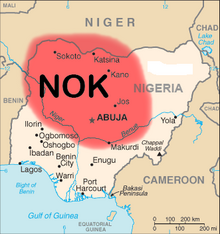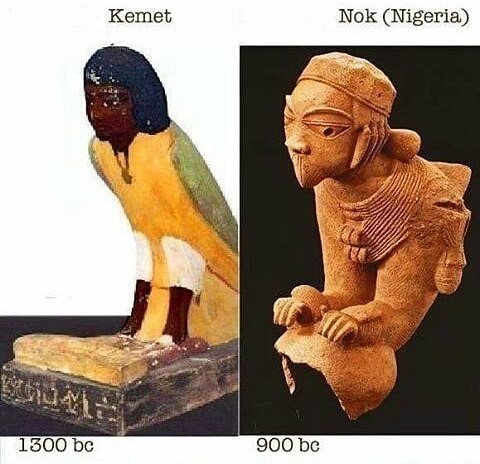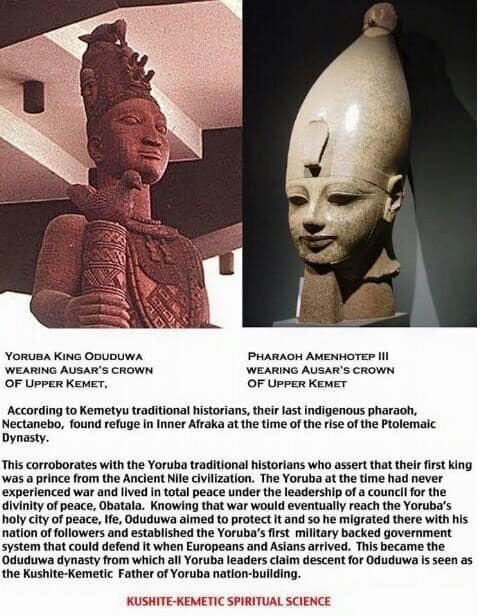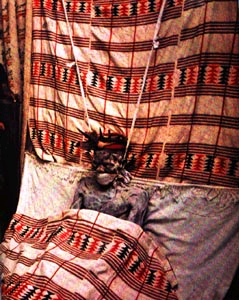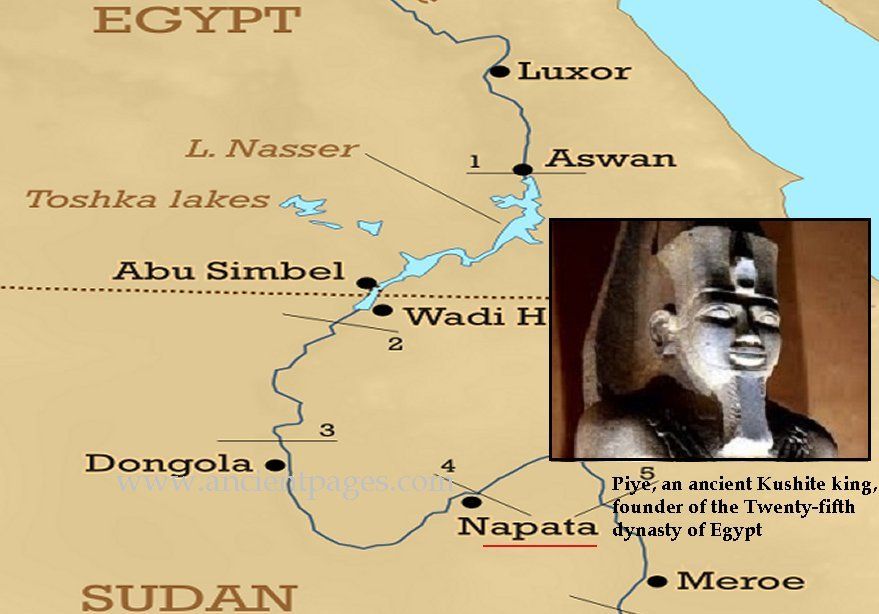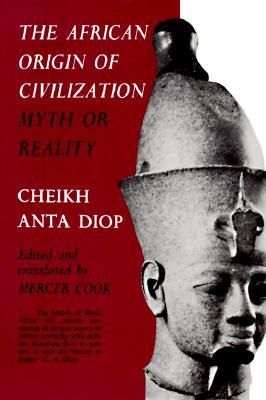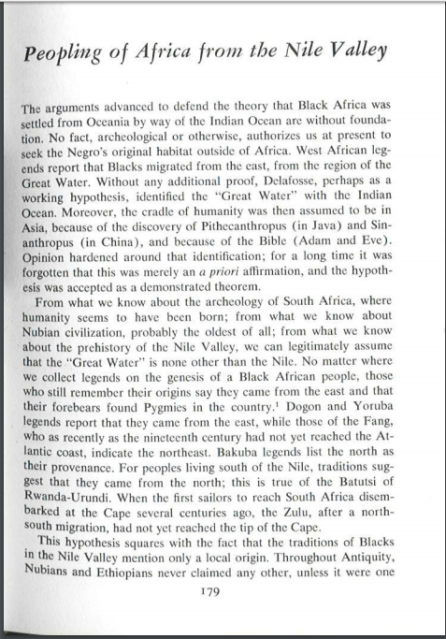Recent DNA Testing Confirms that Every Pharoah Genetically Analyzed is a Black African
The mechanisms used by the DNA companies above have been verified, and the conclusions have been found to be accurate by 2018 peer reviewed study:
“Results that are likely reliable are from studies that analyzed short tandem repeats (STRs) from Amarna royal mummies5 (1,300 BC), and of Ramesses III (1,200 BC)6; Ramesses III had the Y chromosome haplogroup E1b1a, an old African lineage7. Our analysis of STRs from Amarna and Ramesside royal mummies with popAffiliator18 based on the same published data5,6 indicates a 41.7% to 93.9% probability of SSA affinities (see Table 1); most of the individuals had a greater probability of affiliation with “SSA” which is not the only way to be “African”- a point worth repeating.”
FROM: -Gourdine JP, Keita SOY, Gourdine JL, Anselin A, 2018. Ancient Egyptian Genomes from northern Egypt
2018 MTDNA also Confirms a Black African Genetic Affinity for Early Dynastic Kemet
Schuenemann et al. 2017
link
Recent And Highly Publicized White Racist Attempt to Mislead the Public About Genetic Affinities of this Ancient African Civilization. Segments of Western academia are revamping their
racist deceptive tactics with genetics as they have done with anthropological studies in the past (i.e. Brace 1993).
(That is an example of a Mayonnaise Party)
Gourdine JP, Keita SOY, Gourdine JL, Anselin A, 2018
link
Despite their deceitful efforts the leading authority on the matter bio-geneticist SOY Keita has once again halted their white lies dead in it's tracks with a peer reviewed rebuttal to that nonsense released in 2017. This rebuttal was never publicized the way that the initial fallacy was or at all... If it's not already known, mainstream media outlets are nothing more than platforms for a white supremacist agenda, and with
CNN making an entire segment dedicated to this feculent study it confirms without a shadow that it is a racist network that should be canceled (even during political season) by our people.
Consistent Cranial and Archaeological Evidence Confirms that Early Ancient Kemites were Black Africans all the way throughout the history until the Late Period:
"
On this basis, many have postulated that the Badarians are relatives to South African populations (Morant, 1935 G. Morant, A study of predynastic Egyptian skulls from Badari based on measurements taken by Miss BN Stoessiger and Professor DE Derry, Biometrika 27 (1935), pp. 293–309.Morant, 1935; Mukherjee et al., 1955; Irish and Konigsberg, 2007).
The archaeological evidence points to this relationship as well. (Hassan, 1986) and (Hassan, 1988) noted
similarities between Badarian pottery and the Neolithic Khartoum type, indicating an archaeological affinity among Badarians and Africans from more southern regions. Furthermore, like the Badarians, Naqada has also been classified with other African groups,
namely the Teita (Crichton, 1996; Keita, 1990).
Nutter (1958) noted affinities between the Badarian and Naqada samples, a feature that Strouhal (1971) attributed to their skulls possessing “Negroid” traits. Keita (1992), using craniometrics, discovered that the Badarian series is distinctly different from the later Egyptian series, a conclusion that is mostly confirmed here. In the current analysis, the Badari sample more closely clusters with the Naqada sample and the Kerma sample. However, it also groups with the later pooled sample from Dynasties XVIII–XXV. -- Godde K. (2009) An Examination of Nubian and Egyptian biological distances: Support for biological diffusion or in situ development? Homo. 2009;60(5):389-404."
Pale People like to resort to the "racially ambiguous" Northern Kemetic populous, because their skulls were not consistent with Niger-Congo speakers who dominated in southern Kemet. Their attempts are in vein as the study below shows. C.A> Diop has argued that early Northern Egyptians were Dravidian Indians, which I agree with.
.
A plethora of anthropological, archaeological, and genetic studies confirming the Africoid origins of Hapi Valley civilization
here and
here.
As displayed with the Jebel Sahaba skull (Pleistocene Nubians) earlier when the word "Negroid" is being used it is in reference to the Niger-Congo speaking, E-M2 lineage carrying
African populations (except in some cases the vast "Sub Saharan" regions diverse black populations are regarded as one). Our skull shape is the most unique of everyone else (somewhat
close to the aboriginal Australian skull however, but everyone can spot the facial distinctions) as a result of our prognathism, wider teeth, and wide nostrils African. (African Origins of Civ -165) Below is a "Negroid" skull from Kerma (Nubia) whom the pre-dynastic Kemites cranio-metrically overlapped with;
So Who in the Hell are Modern day "Egyptians" And Do They Have A Link To Ancient Kemet?
Needless to say that the
modern inhabitants of "Egypt" today are generally remnants of those late period "Caucasoid" invading populations along with some Africoid groups who remained along the Hapi (mostly in
Upper Egypt and the rural areas) River aside from the Niger-Congo speakers over the last 2,500 years. We know that most modern Egyptians (particularly urban northerners) cannot possibly be the physical representation of the ancient Kemites, which is based on consistent anthropological (which is the accurate measure of a person's
physical appearance) studies that find a distinction in racial types between the Late Period Egyptians and the early Dynasties.
Logically with the physical and genetic distinction going as far back as the Late Dynastic Period the modern Egyptians in the major cities of the North especially bear no physical resemblance to the ancient Kemites. Those African ethnic groups that have remained in modern day "Egypt" are Cushytic and Nilotic (with some genetic remnants of Niger-Congo admixture in southern "Egypt" per SOY Keita 05'). When scientist lie and say that the "Egyptians" of today are genetically descended (or have "continuity") of the ancient Kemites they are referring strictly to the continuity of one African segment of the diverse African Hapi Valley population. That segment is the "Cushytic" branch of Africans who have remained on the Hapi and mixed with the pale Devil invaders, and this is evident through their paternal characteristic E1b1 (formerly called "E3b")/
M-215 (green) still seen in "Egypt" today.
The real descendants of the founders of ancient Kemet in the main are highlighted in the dark-mid green (E) along with A & B on the map above as explained through the evidence laid out before it. Most of the impostors in modern day "Egypt" know this themselves. Notice however she can admit that the "Cushytic" /Hamitic branch of Africans was present in ancient Kemet, but she actively rejects the truth about the Bantu populations having established the civilization or even being there.
How is this woman who works around the artifacts of our
ancestor not reminded of us? Clearly she is lying and there is also clearly a conspiracy on the part of the "
Caucasians" both Western and Semitic to deceive the people about the stories of these ancient African civilizations.
The Cushytic Africoid element is still dominant in the southern regions of modern day "Egypt", and has remained somewhat (a little Arab admixture) in tact since early Dynastic times.
"Genetic continuum of the Nubians with their kin in southern Egypt is indicated by comparable frequencies of E-V12 the predominant M78 subclade among southern Egyptians."
[Hassan et al. Y-chromosome variation.." Am J. Phy Anthro. v137,3. 316-323
These
modern southern Egyptians and northern Sudanese (the same people genetically) are in fact remnant of an ancient Africoid (Cushytic) element (meaning not the full representation) of the ancient Kemetic population. The urban people who live in the North (who look like mulattos) are relatively recent migrants from various different invasions. Further explained below.
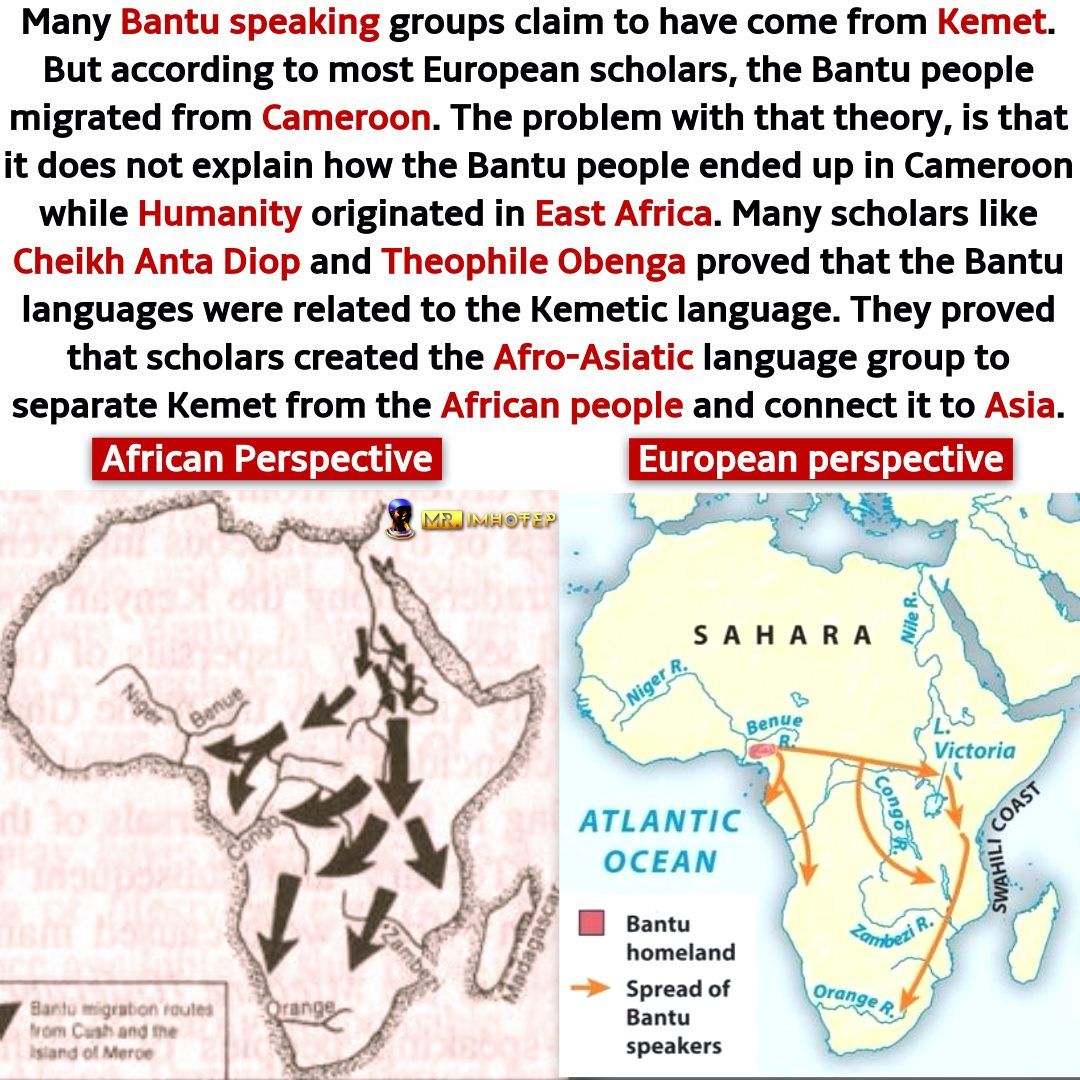
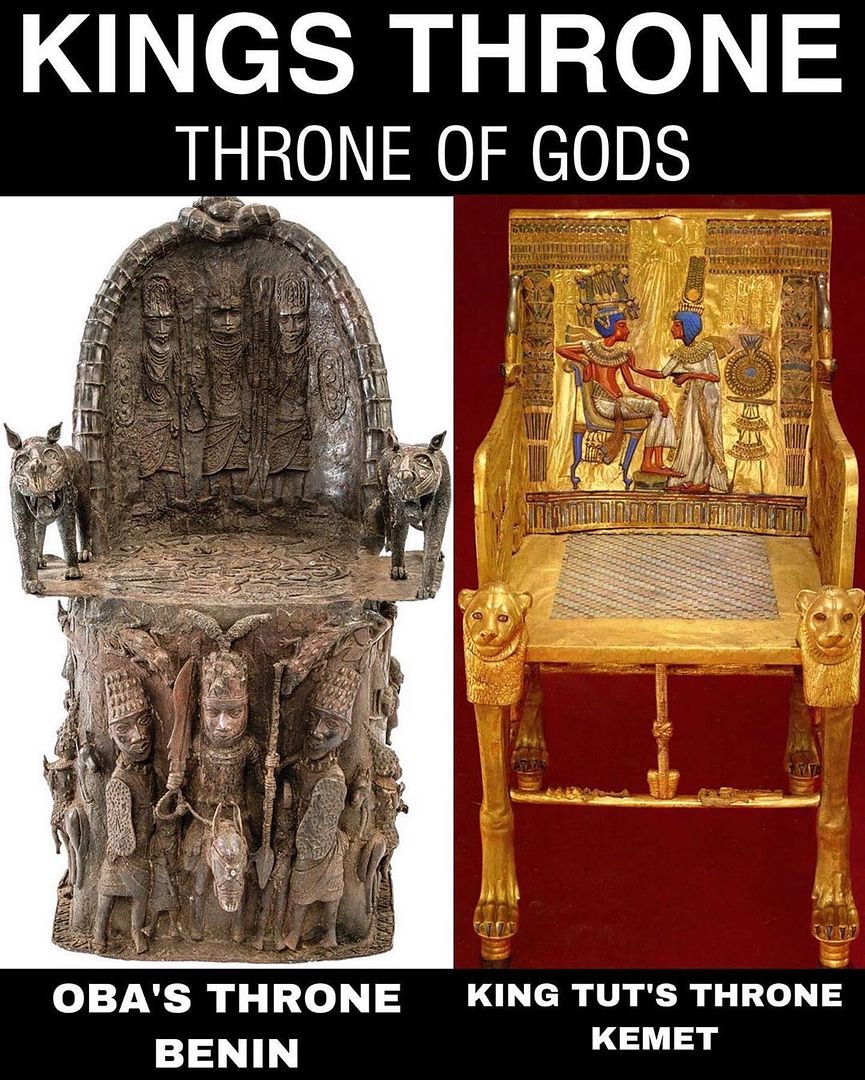
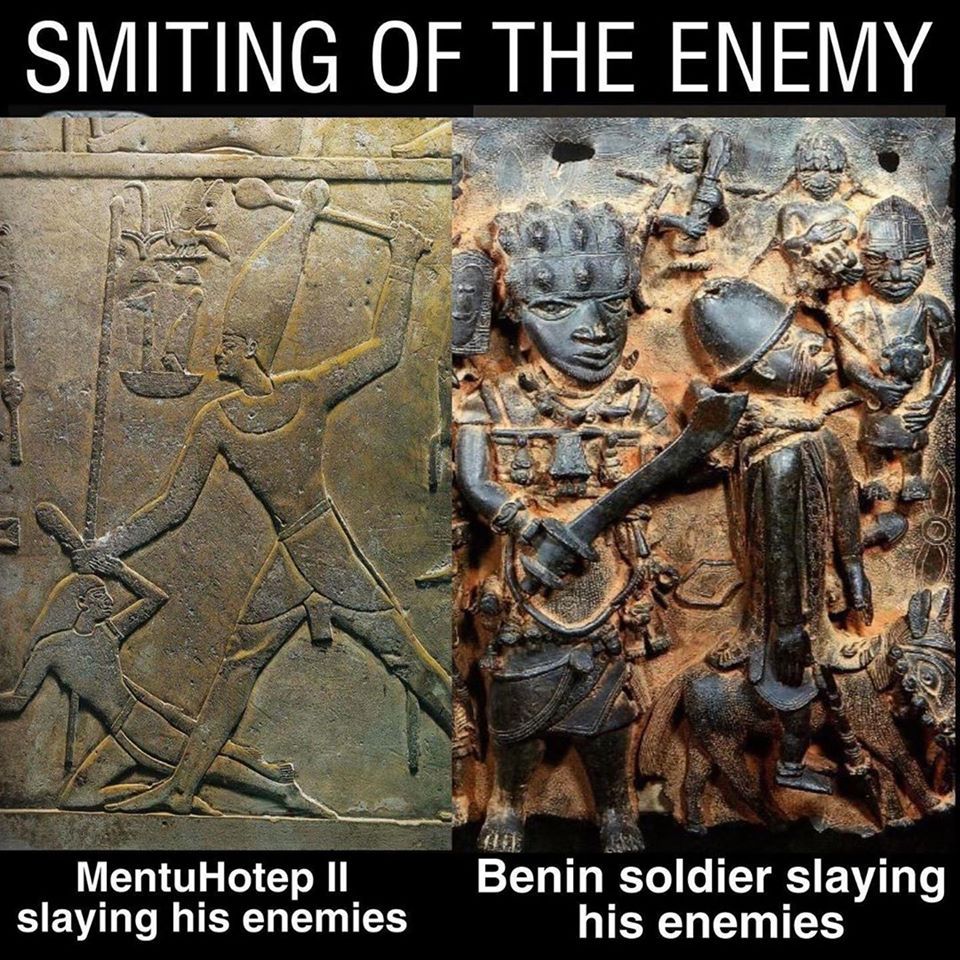
.jpg)
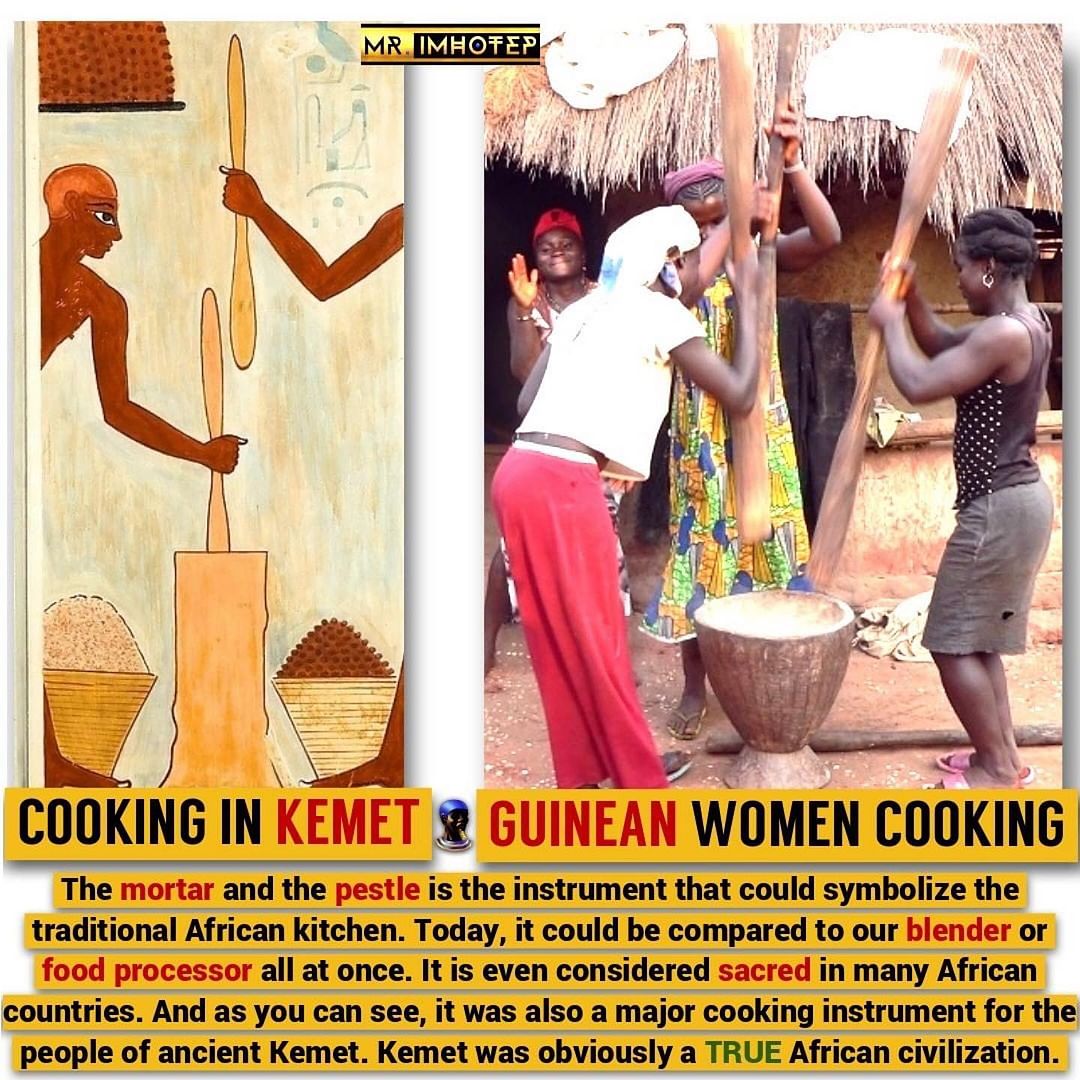

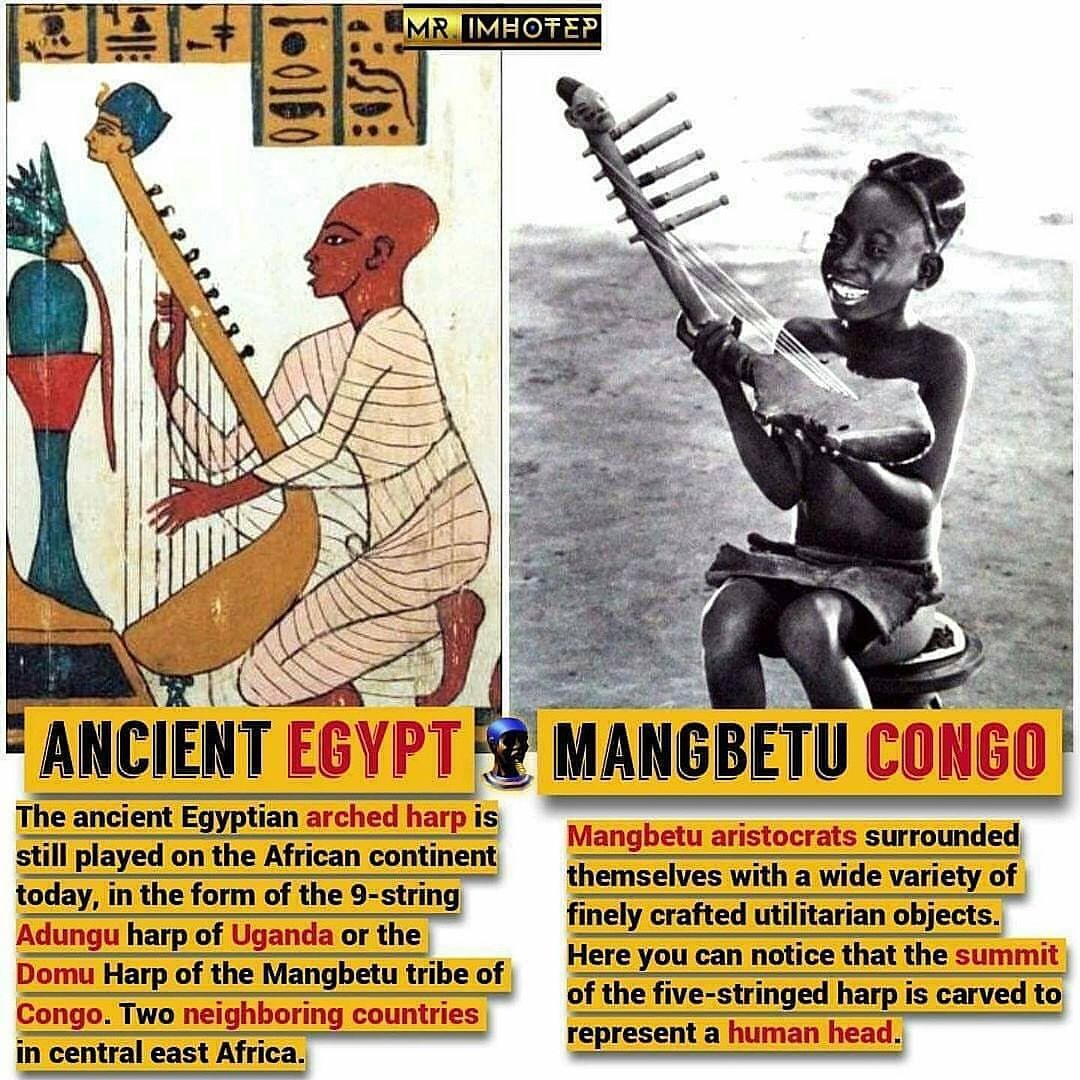
.jpg)
.jpg)
.jpg)
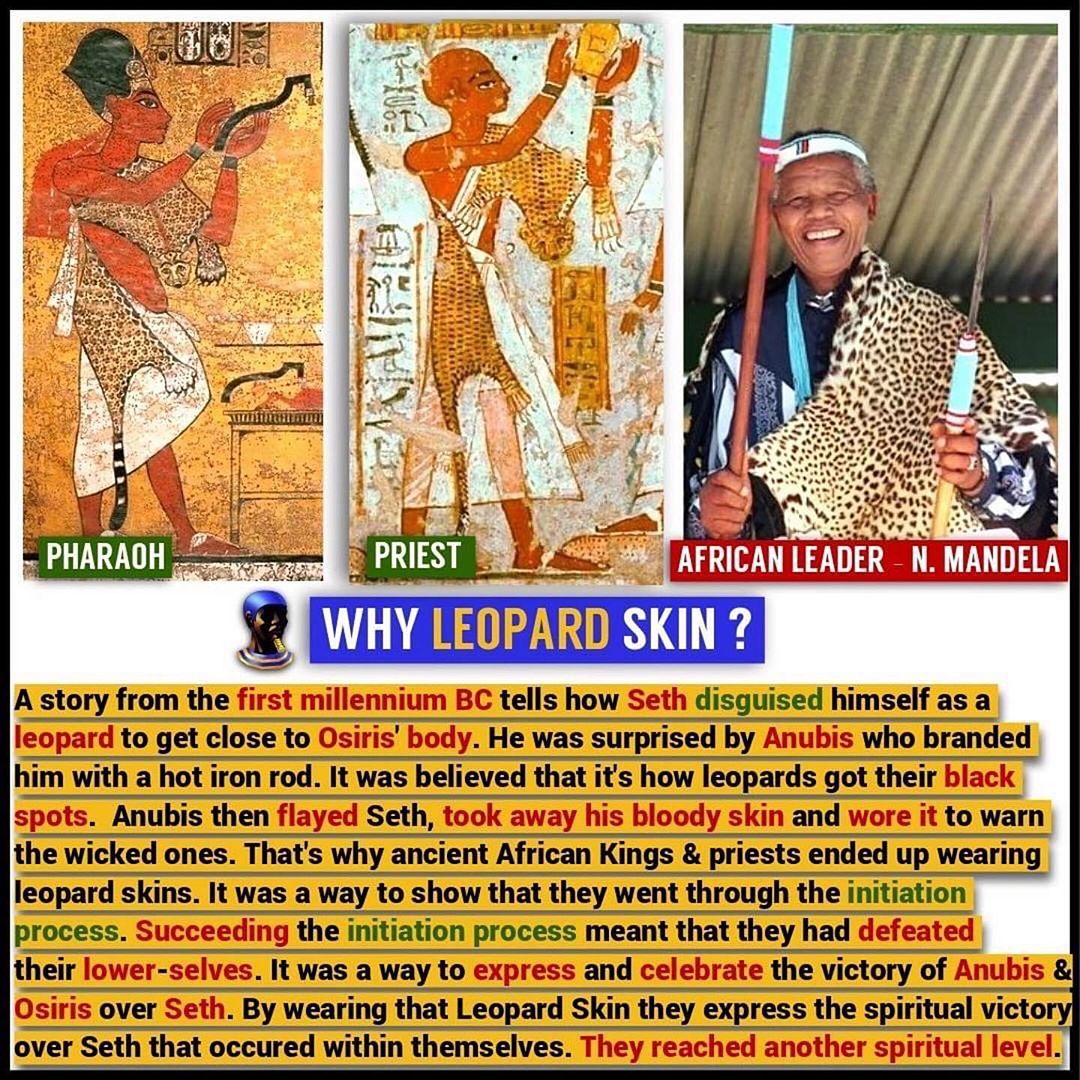
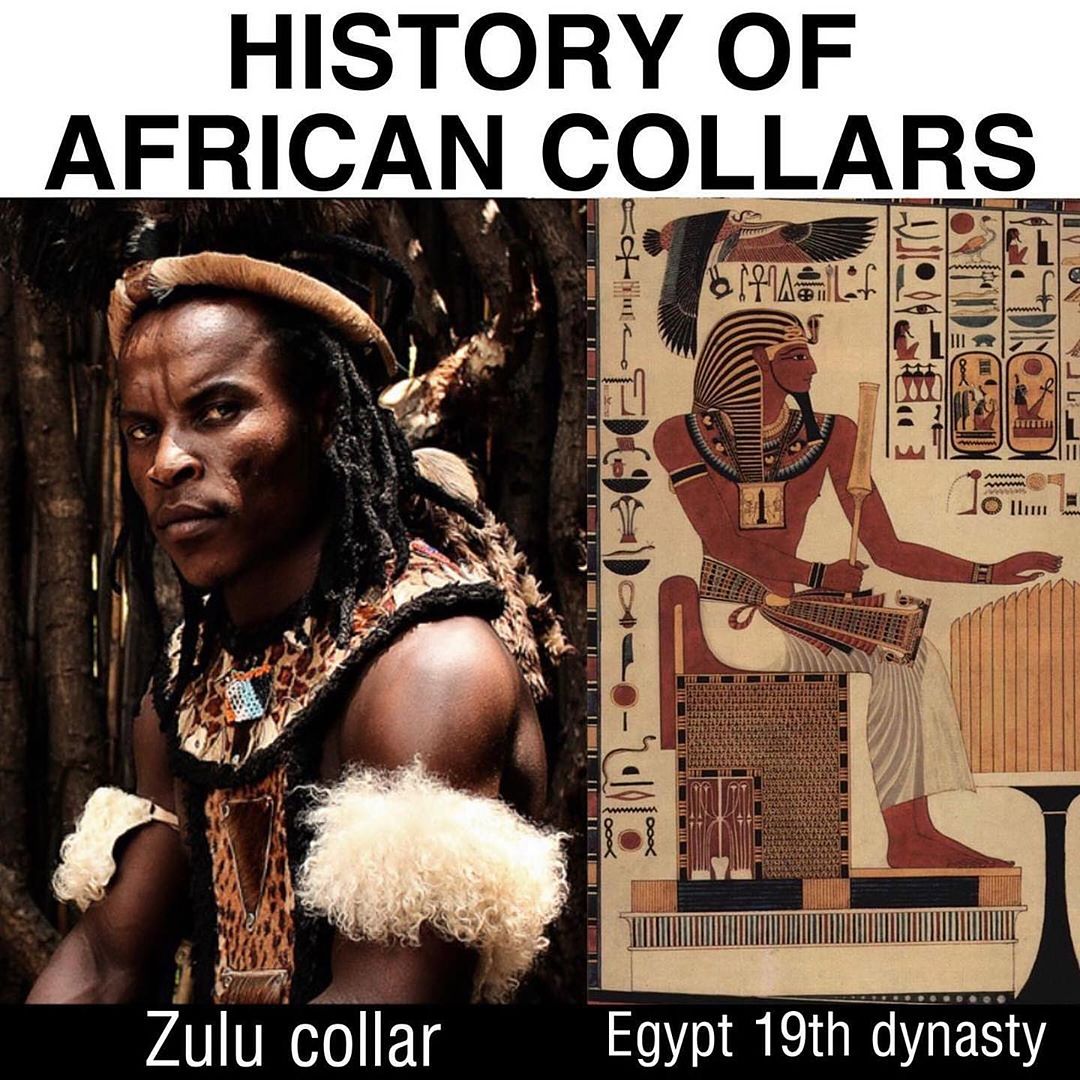
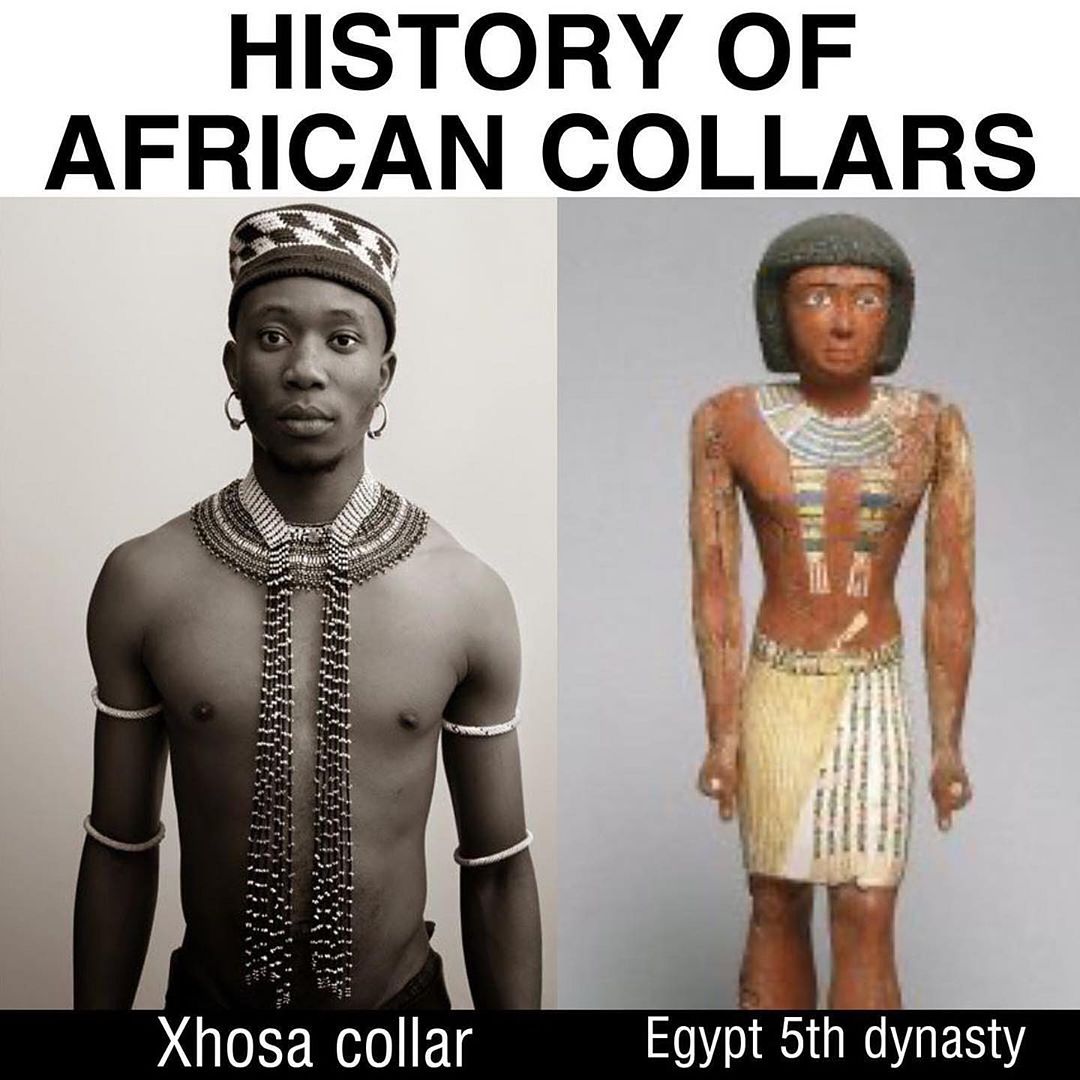
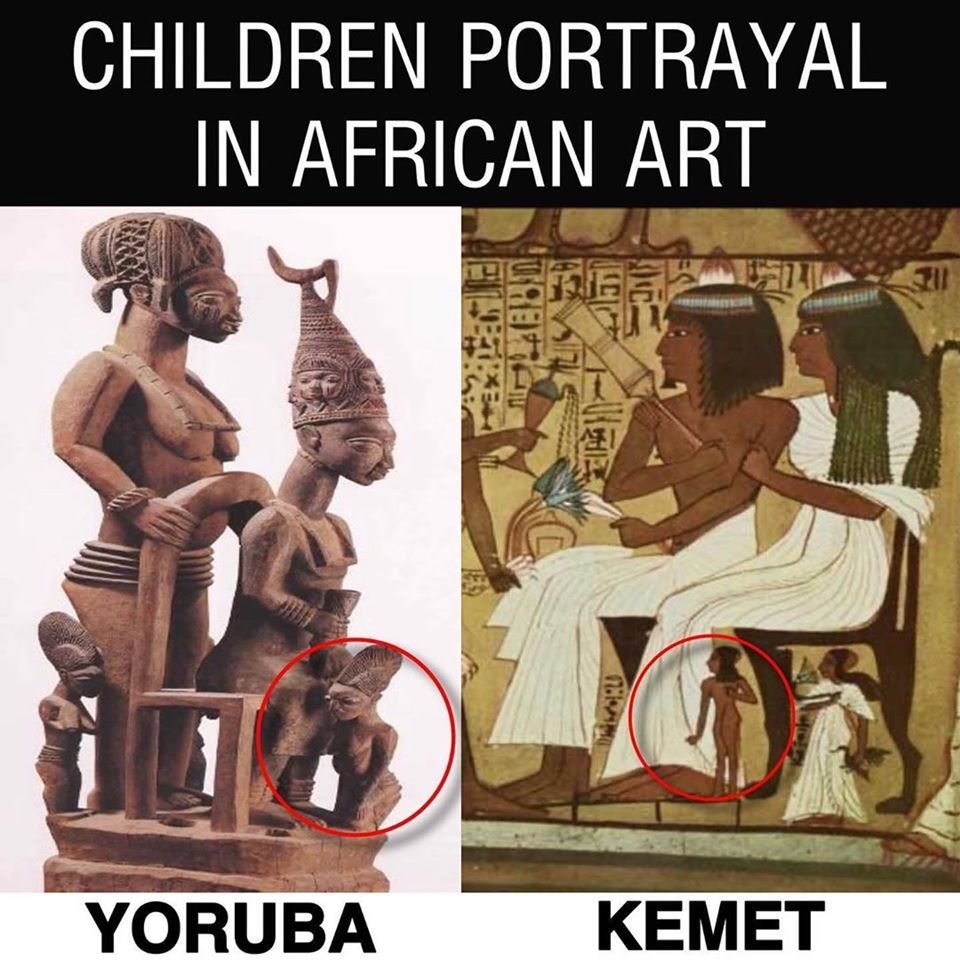
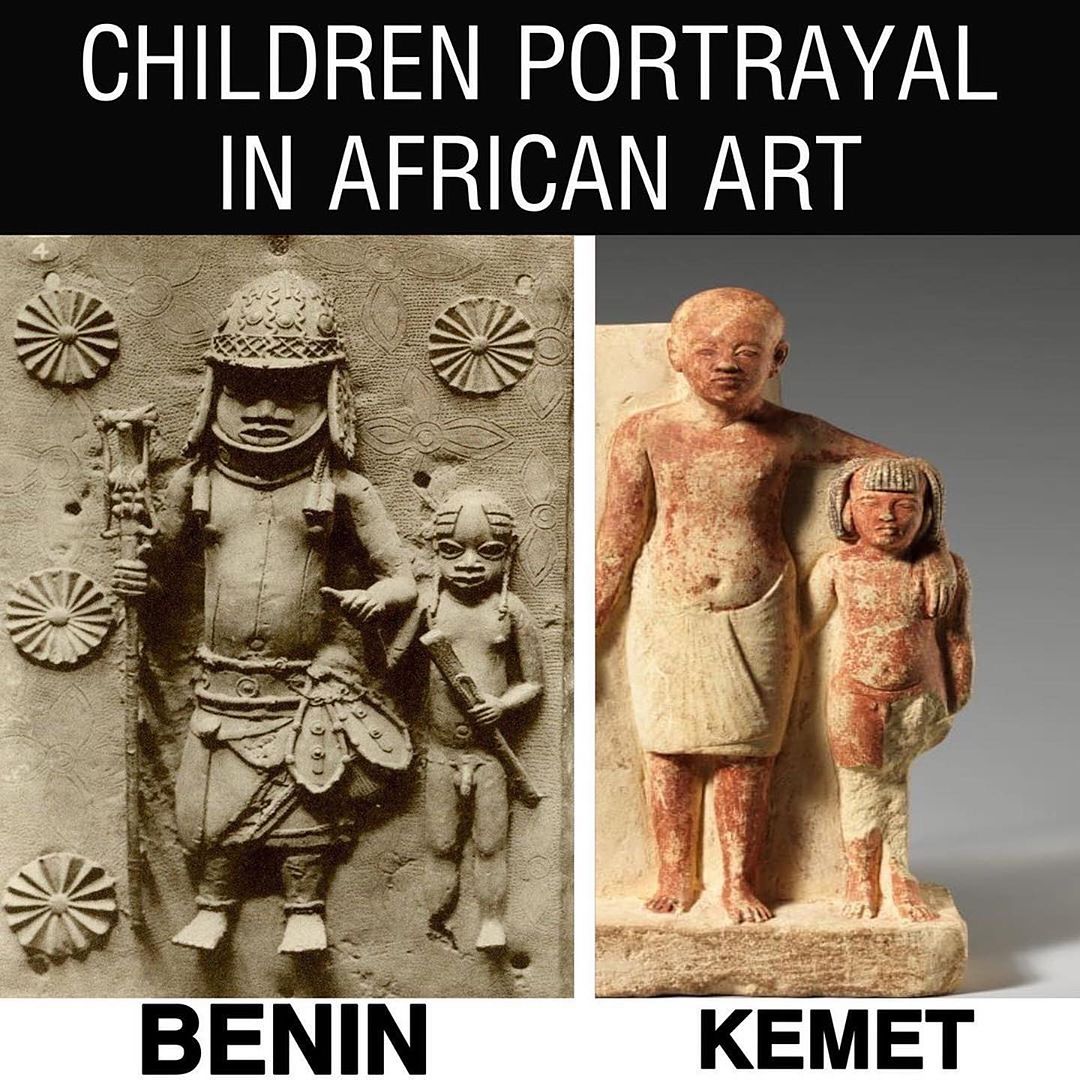
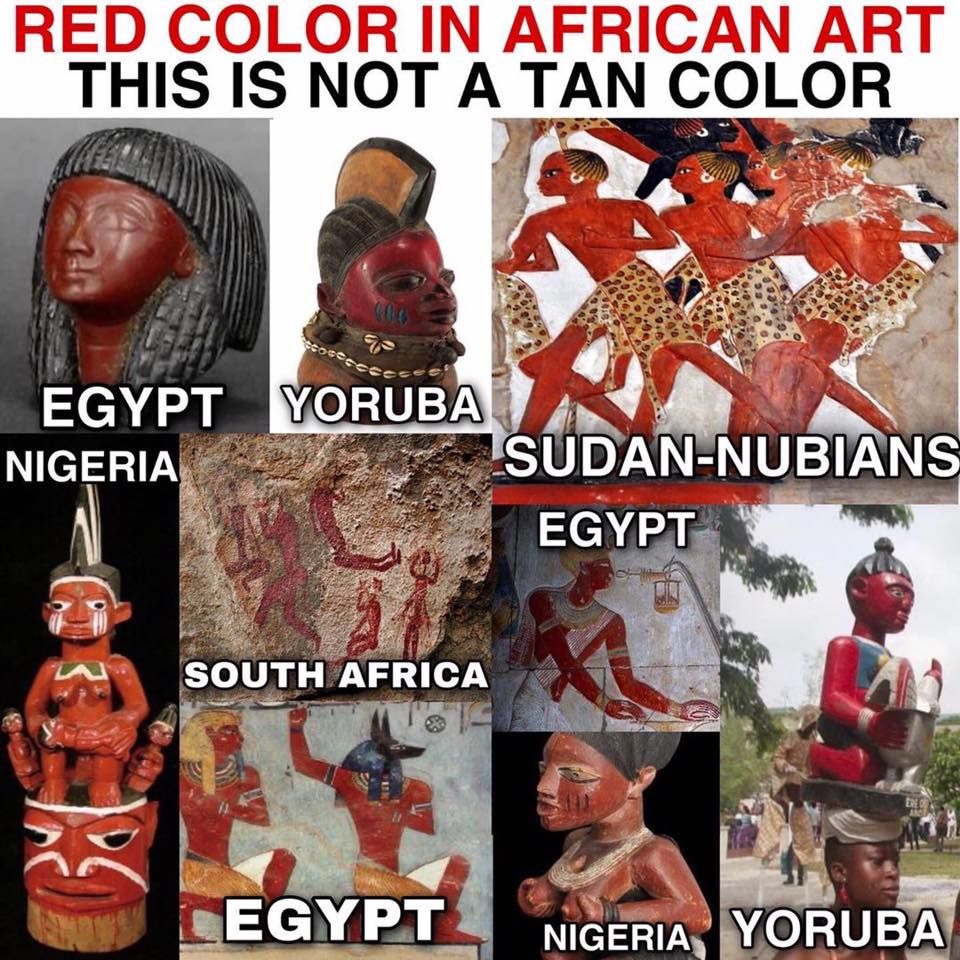
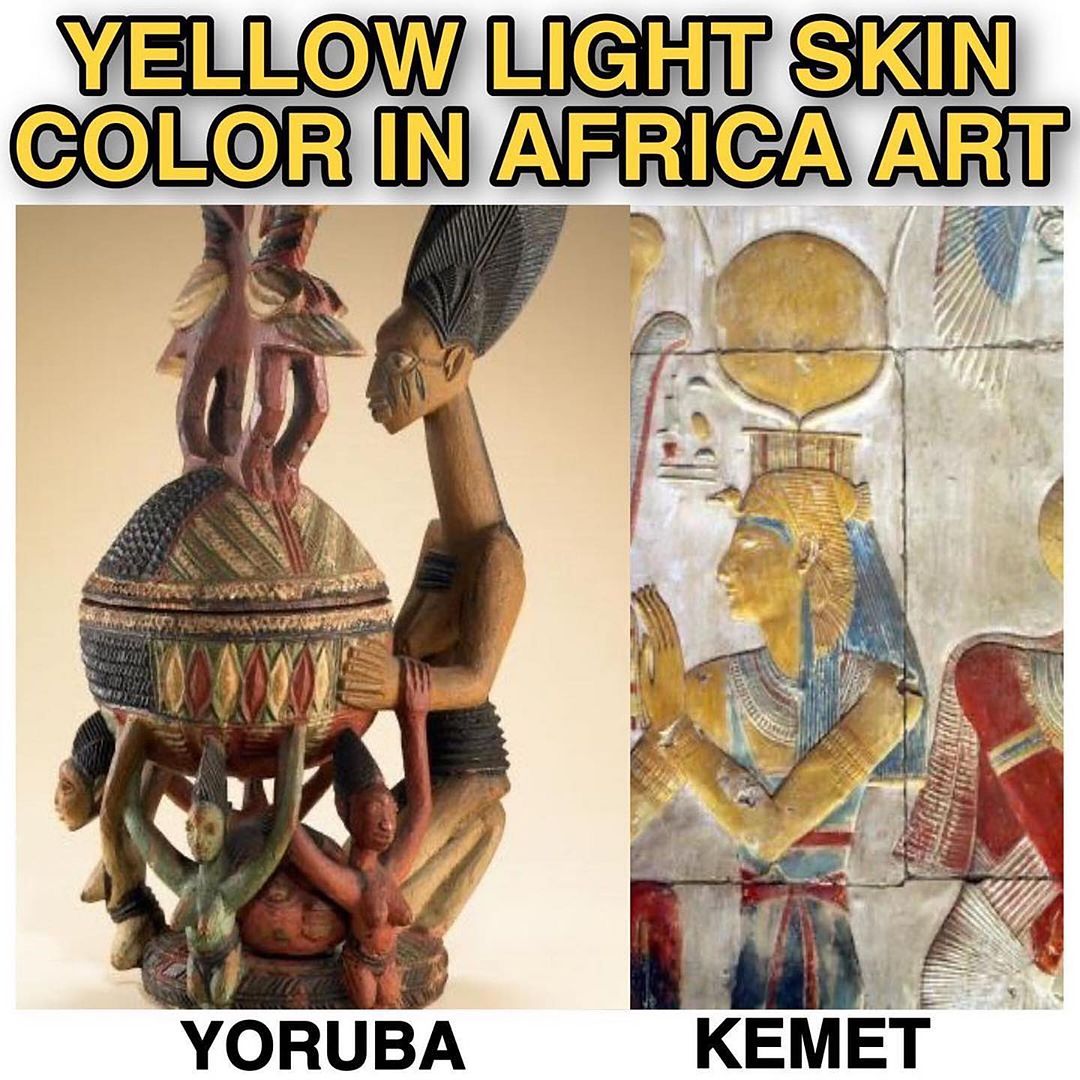
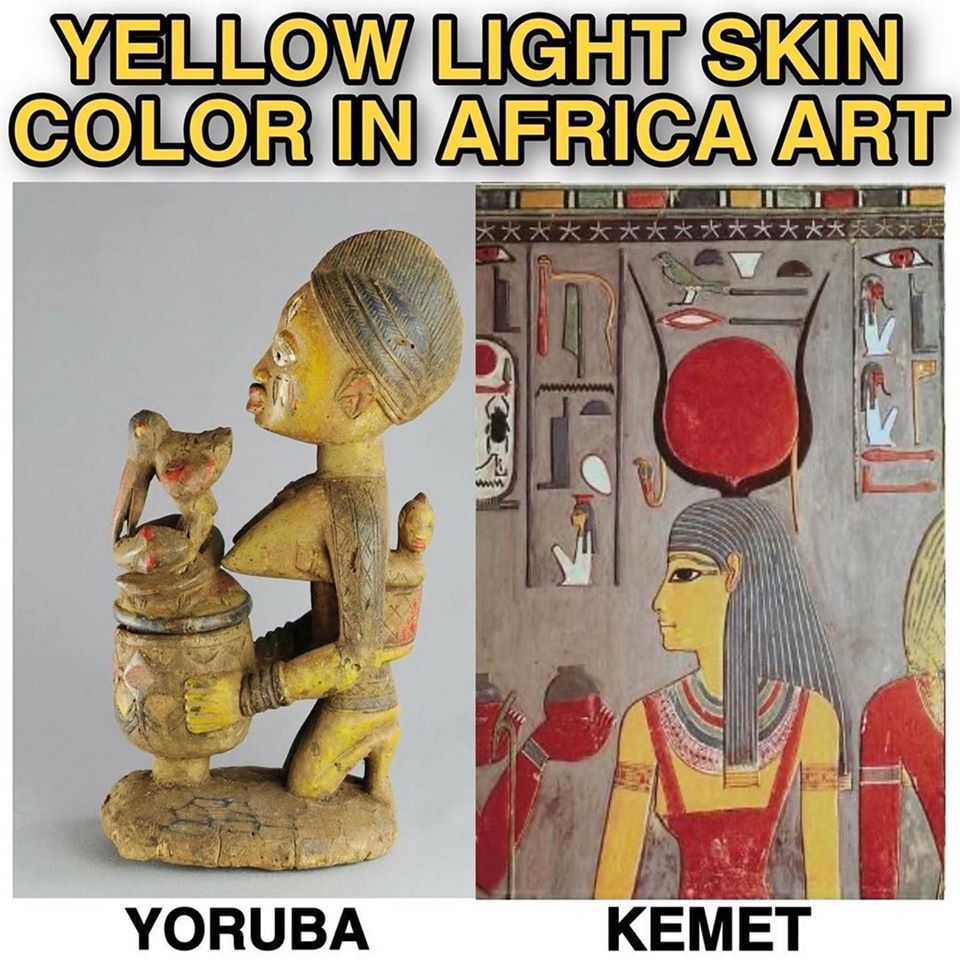
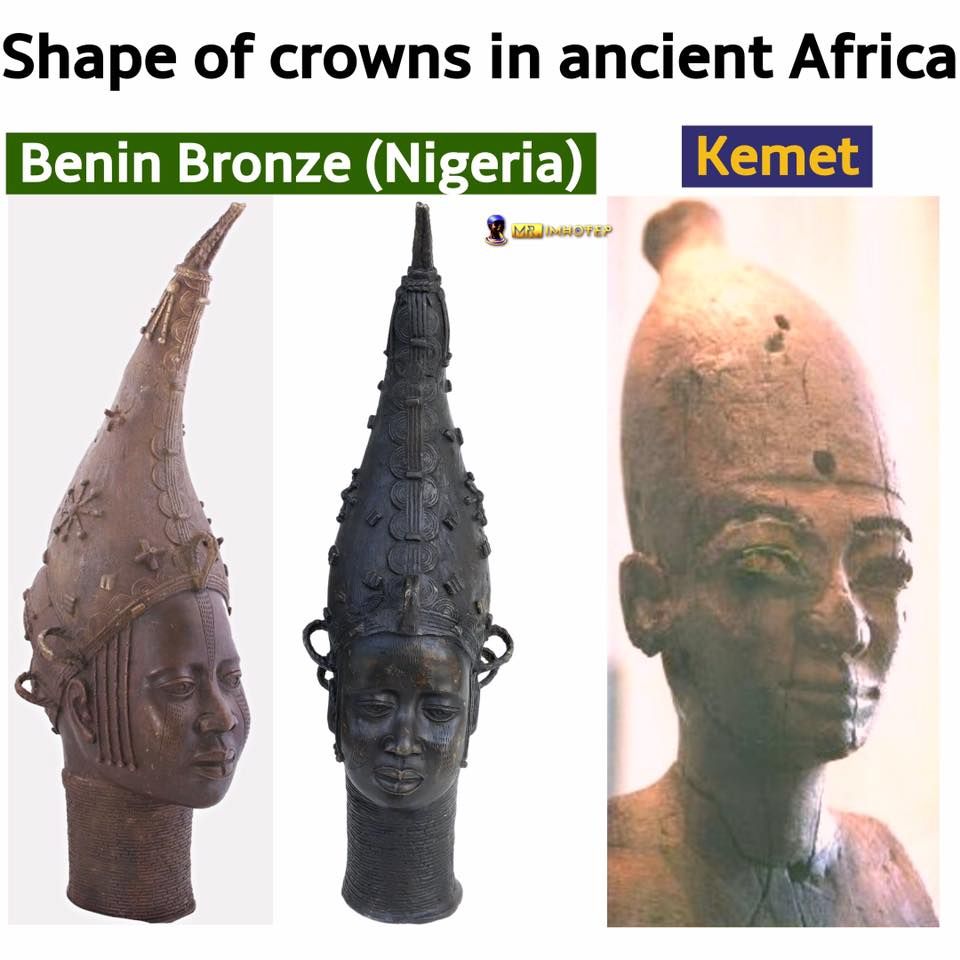



.jpg)



.jpg)
.jpg)
.jpg)













